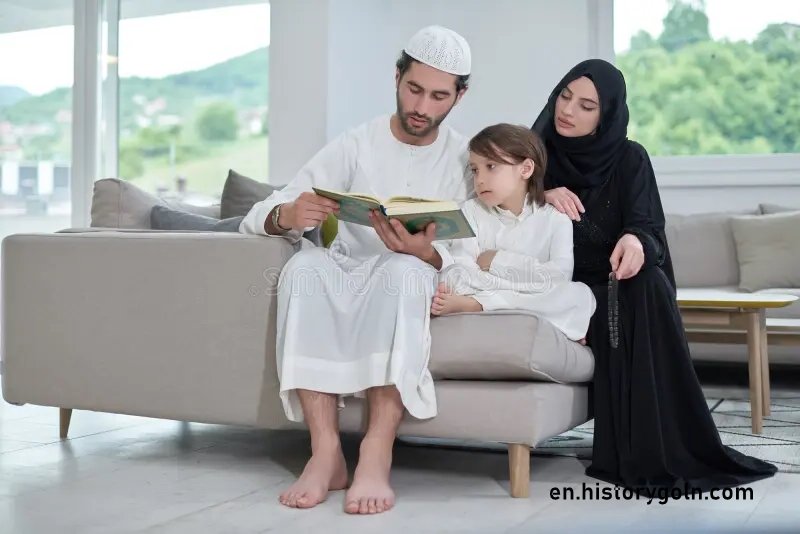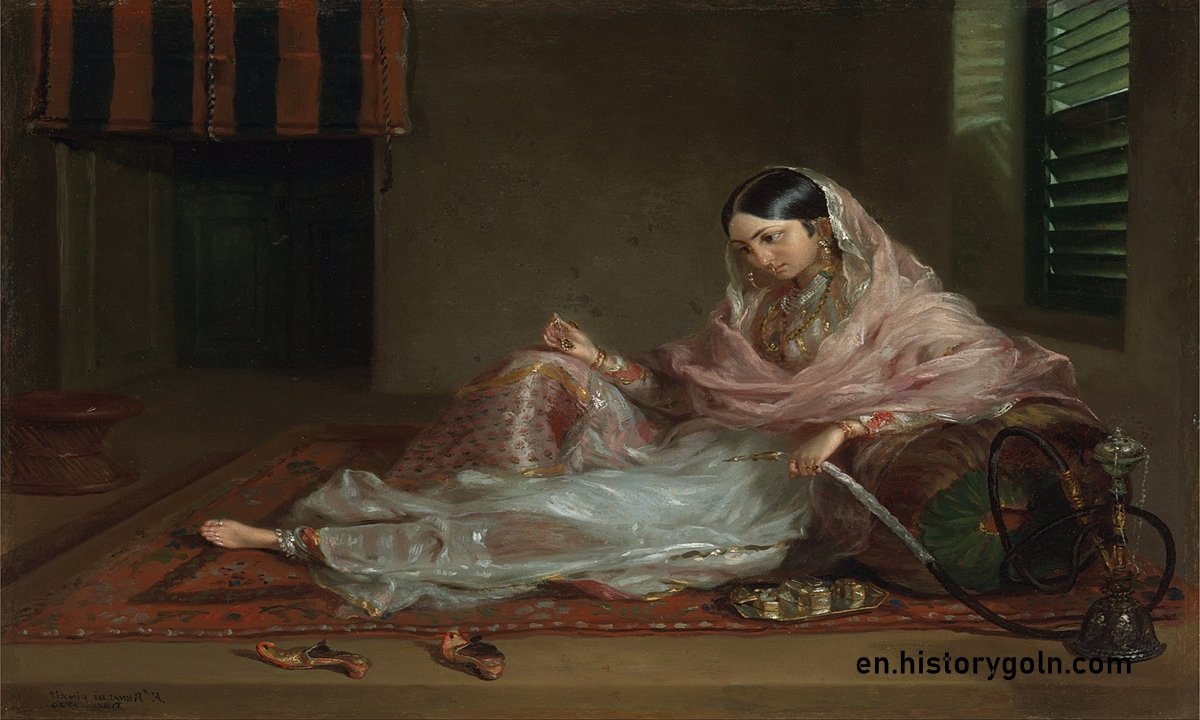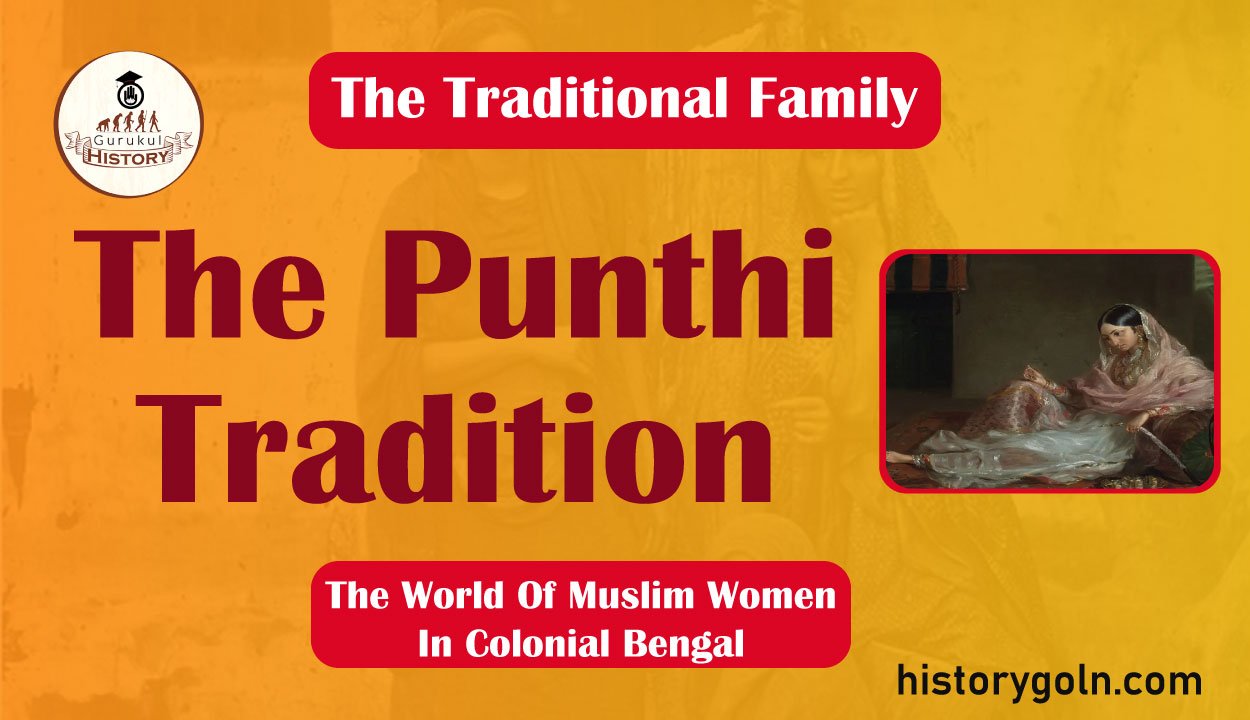Today our topic of discussion is The Punthi Tradition .
The Punthi Tradition

In the pre-modern age the literate Muslims either read texts in Persian- Arabic-Urdu, or mishro-bhasa punthi Originally punthi referred to hand-written books composed mostly in simple verse. Till the late nine- teenth century Nasihat-namas, a special brand of punthi literature meant to be recited, were the most popular medium of didactic instruction. Many of these had Arabic titles but were written in Bengali.
The socio-economic conditions of colonial rule in Bengal from 1757-1857 (the period of company rule), created an ethos of cultural decay and erosion. This according to Anisuzzaman generated an ambience for the development of punthi compo- sition in misra-bhasha riti (Bengali mixed with Arabic, Persian and Sanskrit).
These epics pointed to a decline in the state of women judging by a distrust of them and a belief in their fickle and lowly nature displayed in the writers’ portrayal of female characters. ‘Love’ too was debased in these eighteenth and nineteenth Century punthis. These popular didactic texts must have created and reflected the existing discourses on women. Tambiatunnessa, the work of the poet Maleh Mohammad, “a reposi tory of advice to women” was one such work.
Garibullah whose father hailed from Dhaka, composed several pieces centreing around women. Imandar Nek Bibir Keccha (story of the Pious and Faithful Lady) celebrated “the medieval devotion of a wife to her husband though her status and nature are otherwise debased.”

The poet also eulogized the devotion piety and chastity of women such as Bibi Fatema (the work was based on the Urdu Tambiatunnessa”). In an appendage titled Kolikaler Aurater Bayan or “The Ways of a Woman of Kalijug (modern age)”, the punthi-writer derided the Kalijug woman:
Garibullah says what can I expound
The vices of women in Kalijug bound.
In neighbour’s house they talk ill of spouse
Neglecting chores in the house
The women gather and heap abuse
On husband, home and whatever they choose.
Some say, “He buys no jewels for me
Accursed may his earnings be.”
They while the hours, work undone
The women of Kalijug shameless ones:
In “Harh Jwalani” (1864), a short playlet written in the form of a conver- sation, the writer Ghulam Husain bemoaned the advent of Kalijug, in which the traditional family structure was breaking down that is, the daughter in-law wanted to reign and the mother in-law’s power was on the wane.
The alert ‘modern’ bride did not want to accommodate her mother in-law and the son acquiesced and the mother turned out of the house was forced to stalk the streets begging. The theme of the manipulative wife (often a second one), poisoning the ears of the besotted husband against the mother in-law or step-daughter (the latter pious and chaste) became a recurring one among male writers of the subsequent period.

These books were popular among the Muslim literati in town and village. It is to be remembered that Muslim society in 19th century Bengal was a pre-dominantly ‘rural’ one. As the middle class was taking shape and urban migration intensified, a lot of rural culture seeped into the towns. By Faizunnessa’s time there were a few prose works by Muslim writers (e.g. Bishad Shindhu), but poetry had by no means lost its popularity as a medium.
See more:
